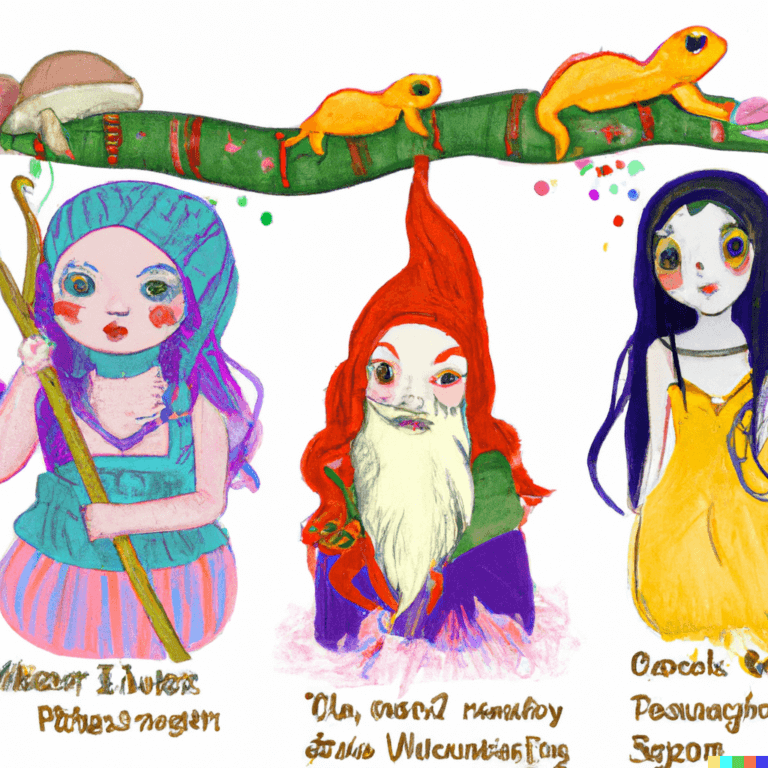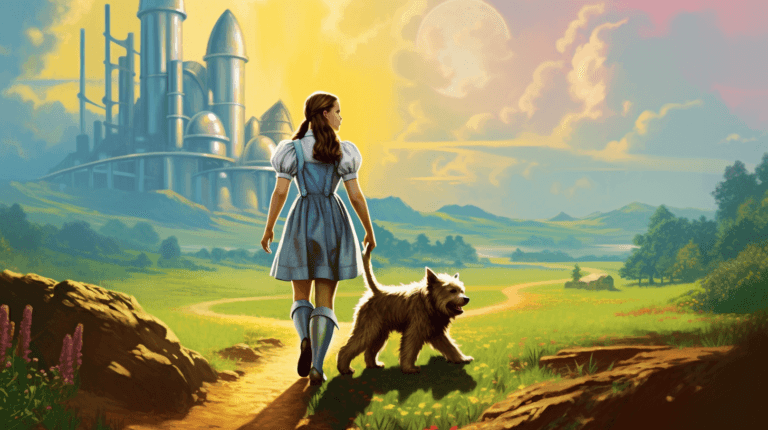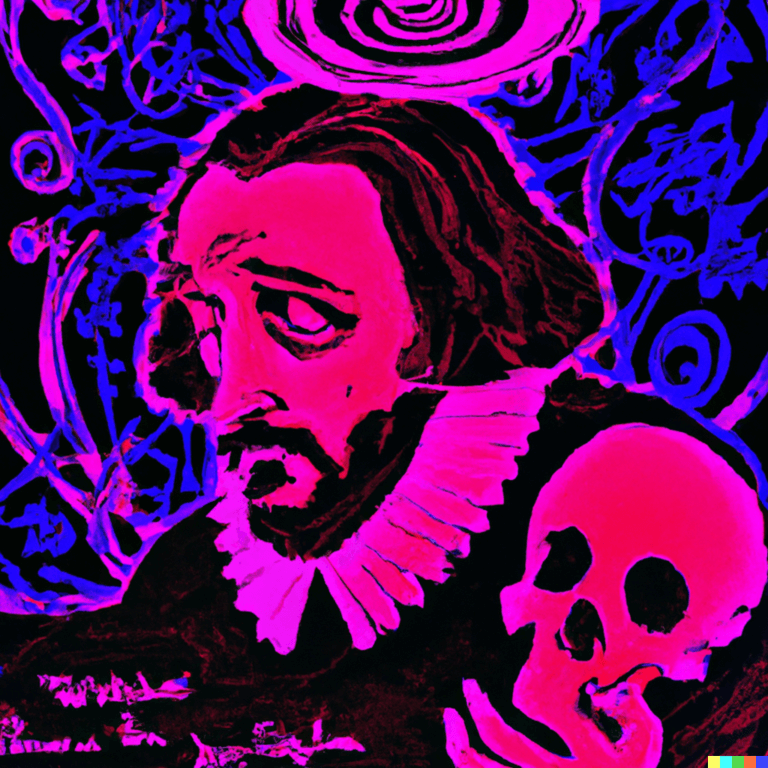Occult and Hermetic Symbolism in Children’s Fairy Tales
Introduction:
Children’s fairy tales have been captivating young minds for centuries, transporting them to whimsical worlds filled with magical creatures, enchanting settings, and moral lessons. However, beneath the surface of these seemingly innocent stories lie hidden depths of occult and hermetic symbolism. These ancient mystical traditions, with roots in esoteric knowledge and spiritual teachings, have been cleverly woven into fairy tales, offering a rich tapestry of hidden meanings and allegories. In this article, we will explore the fascinating realm of occult and hermetic symbolism in children’s fairy tales by examining specific examples and shedding light on the hidden wisdom and spiritual insights they hold.
The Power of Archetypes: The Wizard and The Hero
In many fairy tales, the archetypal character of the wise old wizard represents the hermetic tradition of the alchemist or spiritual guide. In “The Wizard of Oz,” the character of the Wizard serves as a symbol of hidden knowledge and transformation. The hero, Dorothy, embarks on a journey seeking guidance from the Wizard, who ultimately helps her discover the power within herself. Similarly, in the fairy tale “Beauty and the Beast,” the Beast can be seen as a representation of the shadow self or the hidden depths of the human psyche, while Beauty’s love and understanding bring about a transformative alchemical process.
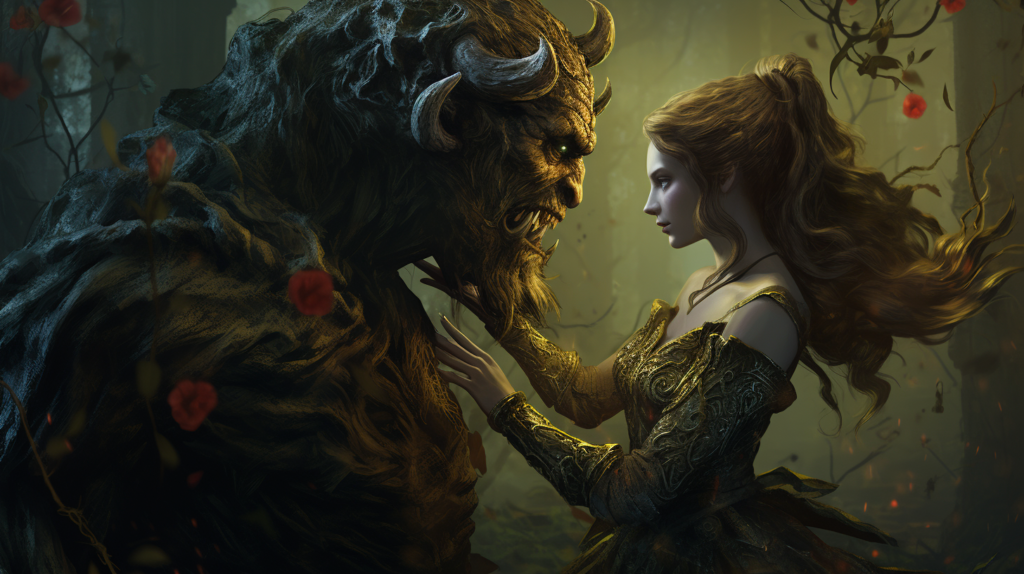
Magic and Transformation: Cinderella’s Fairy Godmother
The fairy godmother in the story of “Cinderella” embodies the concept of magic as a catalyst for transformation. She provides Cinderella with a magical gown, glass slippers, and a pumpkin carriage, allowing her to attend the royal ball. This magical assistance represents the potential for personal transformation through external aid, symbolizing the power of unlocking one’s hidden qualities or talents to overcome adversity.
Initiation and Trials: “Alice’s Adventures in Wonderland”
Lewis Carroll’s “Alice’s Adventures in Wonderland” is rife with occult and hermetic symbolism. Alice’s journey through Wonderland can be seen as an initiatory experience, where she encounters a series of trials and tests. Each character she encounters represents a different aspect of her own consciousness and challenges her understanding of reality. The Caterpillar, for example, embodies the idea of transformation and metamorphosis, while the Cheshire Cat represents the enigmatic nature of existence. Alice’s journey mirrors the process of self-discovery and enlightenment, often found in occult and hermetic teachings.
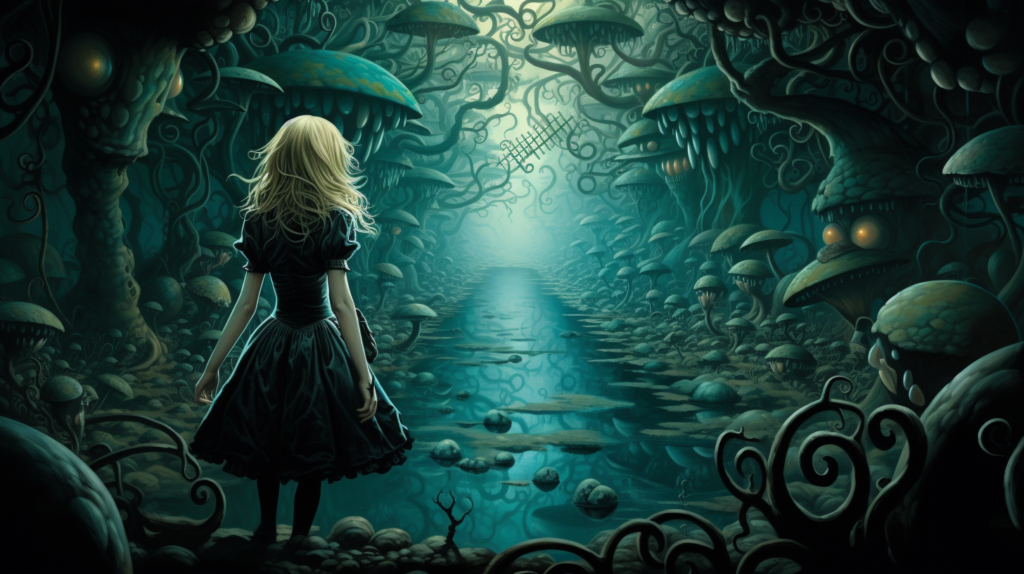
Animal Symbolism: The Three Little Pigs
In the story of “The Three Little Pigs,” each pig represents different aspects of human nature. The first pig, who builds a house of straw, represents the careless and impulsive side of humanity. The second pig, who builds a house of sticks, symbolizes the mediocre and easily influenced nature. The third pig, who builds a house of bricks, represents the wise and resilient aspect of humanity. The story teaches children about the consequences of their choices and the importance of strength and resilience in the face of adversity.
Alchemy and Transmutation: “The Frog Prince”
“The Frog Prince” is a tale that incorporates alchemical symbolism. The frog, initially repulsive, represents the base or primal nature of the human psyche. Through the princess’s act of kissing the frog, an alchemical transformation occurs, turning the frog into a prince. This transformation mirrors the alchemical process of transmuting the base (the frog) into the divine (the prince). The story teaches children about the potential for inner transformation and the hidden beauty that lies within.

Conclusion:
Children’s fairy tales are far more than mere entertainment; they hold a treasure trove of occult and hermetic symbolism, inviting readers into a realm of hidden wisdom and spiritual truths. Through specific examples like the wise wizard, magical transformations, initiatory journeys, animal symbolism, and alchemical themes found in tales such as “The Wizard of Oz,” “Cinderella,” “Alice’s Adventures in Wonderland,” “The Three Little Pigs,” and “The Frog Prince,” we can see how these stories inspire young minds to explore the mysteries of the human psyche and the limitless potential within. By delving into the deeper layers of fairy tales, we can unlock profound insights and help cultivate a sense of wonder, curiosity, and spiritual growth in children and adults alike.

